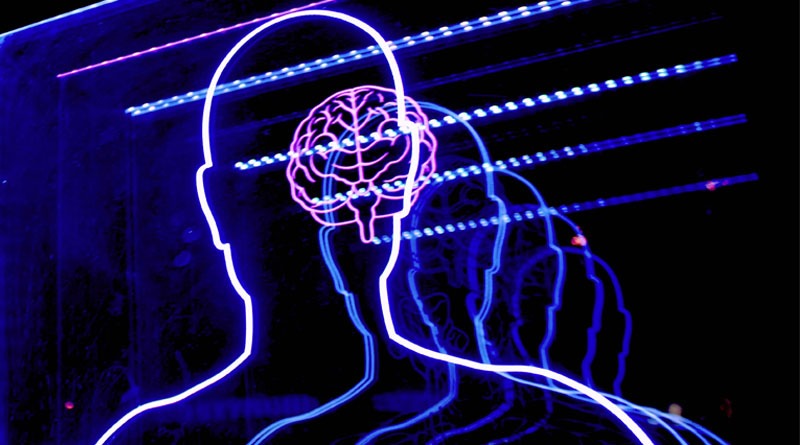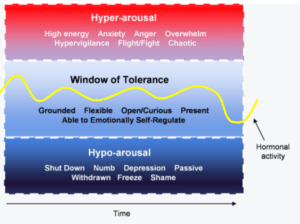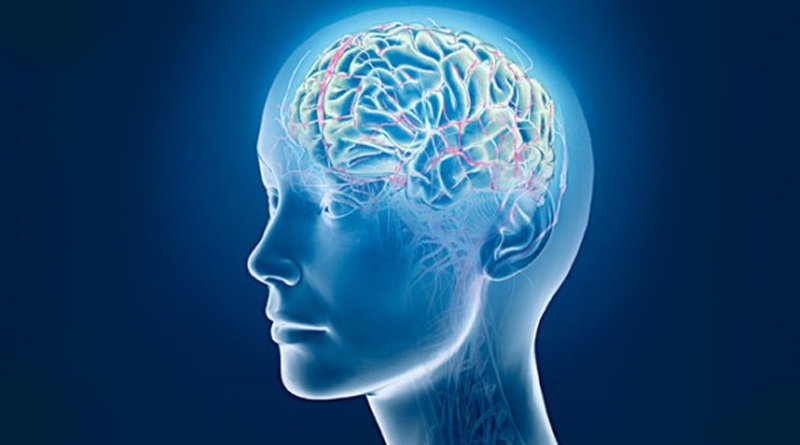
The Autonomic Nervous System & Technology: Towards a More Kind Future
By Sean M. Inderbitzen LCSW
Developing Tools for a Kinder Future
Most of you who have been reading my articles this past 2021-2022 on Different Brains Inc. are likely familiar with my themes of PTSD and Autism Spectrum Disorder. But as of late these interests have taken me on a brand new adventure, involving a new type of intervention that will likely shift the way we think about mental health all together.
But first a bit about Polyvagal Theory.
Understanding Polyvagal Theory
For me the easiest way to conceptualize Polyvagal Theory is the less biological, and more psychological explanation given by Dan Siegel in the “Window of Tolerance”. (See below)

The “Window of Tolerance”, in Polyvagal language, describes when a person is in their Ventral Vagal System. This system is perhaps more readily known how you feel when you see a picture of a baby for instance.

My assumption is an “Awe” sensation is occurring for you. It definitely does for me each time I see this. However when an event is too distressing, we go out of our ventral vagal system and into what Dan Siegel terms, Hyperarousal. These states might look like something you go to.

OR

Hyperarousal is an organism’s response that is often witnessed when we ‘fight’ or ‘flee’. These skills while useful in the Savannah are less so in modern America. However, when the nervous system cannot use either of these strategies to succeed in getting its needs met, then it resorts to the final strategy, Hypoarousal.

In Hypoarousal, the brain numbs out and our systems shut down. This is the result of the activation of what is known as the Dorsal Vagal System. The brain becomes emotionally numb, and the mind often disassociates.
That in a nutshell is the psychological explanation of what occurs in the human body as it travels through the different levels of the cranial nerve during stress. And — without entering an entire discourse — many mental health conditions can be thought of in this way, “Polyvagal”, ranging from Autism to PTSD.
Measuring Our Responses
Now what is important about this idea, is that the human nervous system is increasingly measurable through Heart Rate Variability, a metric of the distance between two heartbeats. This is not to be confused with resting heart rate, but is a metric that can be used to measure what nervous system a person is in.
Could you imagine if your devices could know when you were becoming increasingly agitated? Think about all the fights we could avoid.
Or if your child with Autism was getting ready to elope, and a text message could be sent to the babysitter, “Hey, the child you are watching is going to run away”. From 2011-2016 there were 800 media reports of children with ASD being injured or dying from wandering per the 2017 NAA Mortality & Risk in ASD Wandering/Elopement report. Imagine if a quarter or even half of those could have been prevented because some smart device in fact could notify a caregiver.
All based off metrics from the autonomic nervous system.
While 400 lives may not be that large, I’d argue that we are not that far off from a future where some type of technology can do this and predict when we are going to be in a higher state of fight/flight/freeze and be more or less affected by characteristics related to autism.
Tools for a Kinder Future
Pretty soon, in a medical journal, I and some peers are going to roll out a biological model of autism that at this point is just whispers. But as we do, and the science arrives, my suspicion is that things like wandering will no longer be unpredictable. Hopefully they will become concerns of the past, as our autonomic nervous system can communicate with our own and loved one’s devices.
Take this in another way: imagine if someone you loved had been assaulted, and engaging in touching their shoulder has triggered them. What if their phone could text you and say, “Hey Sean. Now isn’t the time. I’m having a flashback.” You bet I would stop.
When someone is having a flashback they are often in their Dorsal Vagal System, a state of Hypoarousal. And my hope for humanity is that as we enter the future our devices begin to bring more connection not less.
My hope is that in the age of social media, in this next era our technology can do more to bring us together. Not drive a wedge between us.
I’d love to hear what ideas you have for technology to connect to your mental health. Consider taking the MeSenseU survey to give us some ideas on how we might make technology better for your mental health: surveymonkey.com/MeSenseUCaregivers
Cheers,
Sean
References:
https://nationalautismassociation.org/wp-content/uploads/2017/04/NAAMortalityRiskASDElopement.pdf

Sean is a Behavioral Health Therapist, and lives with an Autism Spectrum Disorder. He has a caseload with 33% of his patients that live with ASD and varying comorbid psychiatric conditions. Prior to being a mental health clinician, he was a Vocational Rehabilitation Specialist for Wisconsin Division of Vocational Rehabilitation for 3 years. He was also appointed by Governor Walker to the Statewide Independent Living Council of Wisconsin. He is an incoming member to the Motivational Interviewing Network of Trainers, and provides training on motivational interviewing, ASD and employment, and ASD and comorbid psychiatric conditions. For more info, find him at Seaninderbitzen.com or on LinkedIn, and look for his new book Autism in Polyvagal Terms: New Possibilities and Interventions.




